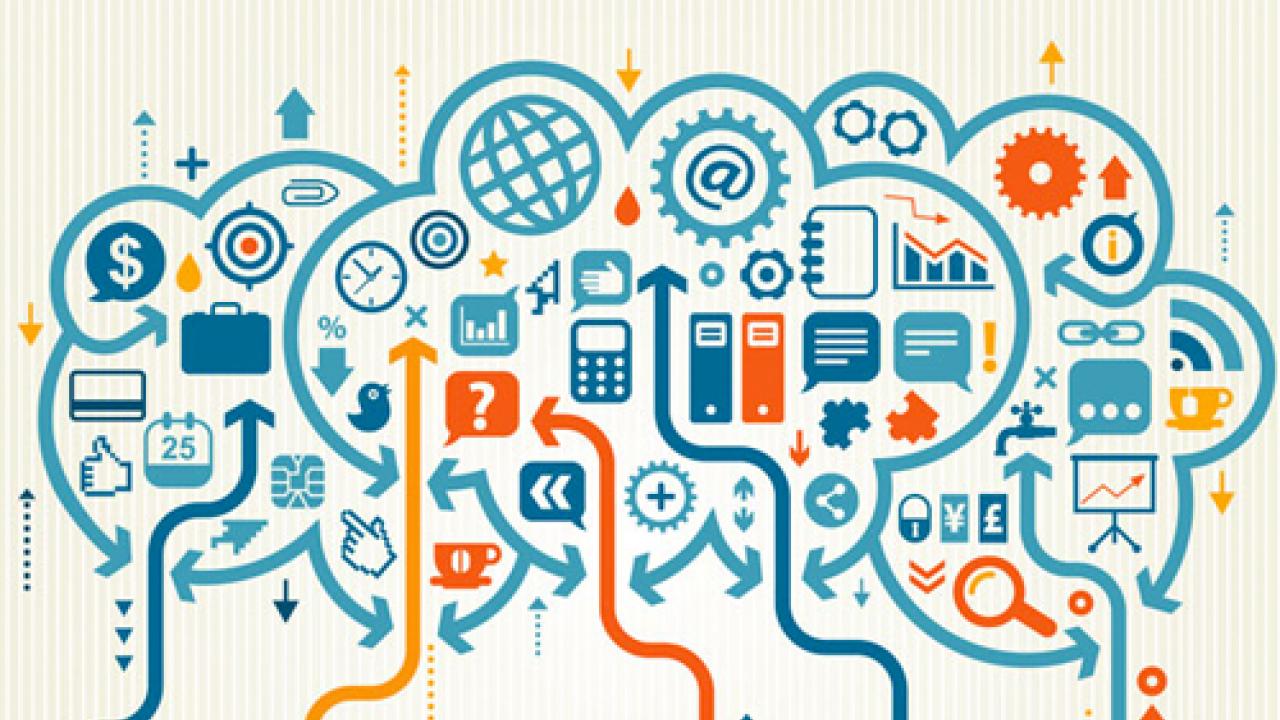
Related story: Rwanda to host IoT center of excellence
The Internet of Things could be a name for any number of concepts, sounding quite vague to unfamiliar ears. 'Things', after all, is a very broad category. But this is partially the point: the ideas behind Internet of Things are being applied in new ways all the time, the vagueness of 'things' leaving room for innovation.
A basic definition describes the Internet of Things as a network of physical devices equipped with sensors, basic software, and connectivity, which allows them to transmit and exchange data. These sensor-enabled electronic devices are being leveraged as the Internet of Things (IoT) to monitor, detect, track, notify, control, and optimize a huge range of systems. A few developments have enabled the rise of IoT systems: a swift reduction in the price of small smart devices with a reliable power source, and a rise in computing power, making it feasible to extract good data from many unsophisticated sensors. The use of IoT is expected to boom over the next few years, with one of the major IoT companies projecting IoT will include 20 billion devices by 2020.
The increased affordability and computing power of IoT devices makes certain kinds of data collection possible for the first time. Detailed climate and weather monitoring, disease tracking, neighborhood use data for urban planning, fraud detection data, and food safety data are just some of the few applications being used or planned for IoT. The lower price also makes IoT an attractive technology for developing countries, where monitoring of climate, health and pollution is critically needed. This idea was one of the driving forces behind a recent workshop at ICTP organized by Marco Zennaro, researcher at the T/ICT4D Lab at ICTP and his colleague Ermanno Pietrosemoli on new frontiers in IoT.
Interest in the workshop was high, with 27 scientists selected from hundreds of applicants. "When you are doing research, normally you are not thinking about practical solutions in a realistic sense, so this kind of workshop is an important bridge," comments Kanchana Kanchanasut of the Asian Institute of Technology in Thailand, a lecturer at the workshop an internet pioneer who brought the web to her country. "IoT has great potential to change many lives, especially rural peoples'," she adds.
Its affordability allows IoT to be customized to monitor local environments. One participant of the IoT workshop, Hairo Villalobos Villalobos, is hoping to use the technology to monitor volcanoes in his home country, Costa Rica. "This kind of monitoring can be really expensive, so he's asking, why not deploy many local devices, which aren't at the same quality level as professional monitoring systems, but will be much cheaper," explains Zennaro.
Designing and deploying customized IoT systems come with specific challenges. IoT is a relatively young field, still dealing with basics such as finding reliable power sources and agreeing on operational standards. Reliable power sources for these small devices are becoming more common, as batteries last longer and solar panels have become more sensitive--so much so that they can be used indoors for power-lean devices.
Operational standards are not as settled: "It's like an ecological system," Pietrosemoli says. "There are some standards that survive, others that never get used, so you have to see which one is adopted by major players, which ones have more possibility." Past ICTP workshops on IoT have covered other standards, and Zennaro considers the one used at the current conference to be the most internet-friendly standard for IoT. "These devices are citizens of the internet, like our laptops." Settling on an accepted, prevailing standard for the IoT field is important to avoid devices becoming obsolete or non-functioning. "Even now, if you have an old laptop, you're still using the internet because it is complainant with the internet standards," Zennaro explains. "If you have standards, that makes it more likely for [devices] to be useful in the next couple of years."
Security is also a big issue for growing IoT networks. If sensors are installed to measure air quality in a particular neighborhood and someone hacks in and modifies that data to say the air quality is really bad, Zennaro explains, home prices and values are going to tumble. "Following standards can provide the same security as the internet, as a laptop, so that's really good," Zennaro says, "but there can be very big issues with privacy and security, even ethics." Adding layers of security to every sensor is a challenge for device designers. "You have to do things in a clever way so that in a small, low-powered device, meaning a slow processor and a small amount of memory, you also have to put security," Zennaro explains. And that, says Pietrosemoli, could affect the performance of the device (but not necessarily the price).
Despite the remaining challenges, Villalobos is excited about deploying IoT in and around Costa Rica's five active volcanoes. "Usually IoT is used in big cities and in industrial applications, not in geophysical monitoring of our volcanoes in Costa Rica," he says. Putting devices in and around volcanoes requires physically hardier devices than those typically used, but still, their cheapness means that he can budget for losing a few without losing the whole project. This system of devices can act as an early warning system and help scientists prevent natural disasters, in addition to helping Villalobos and his colleagues better understand the behavior of geodynamical processes in volcanoes and seismic events in Costa Rica. "If we can implement very well an IoT system plus wireless sensor networks as part of our work, maybe it can be an example for surrounding countries. We need to know more data about our volcanoes and seismic events, and widespread IoT networks would be very helpful to learn more about the region as a whole."
--Kelsey Calhoun
















